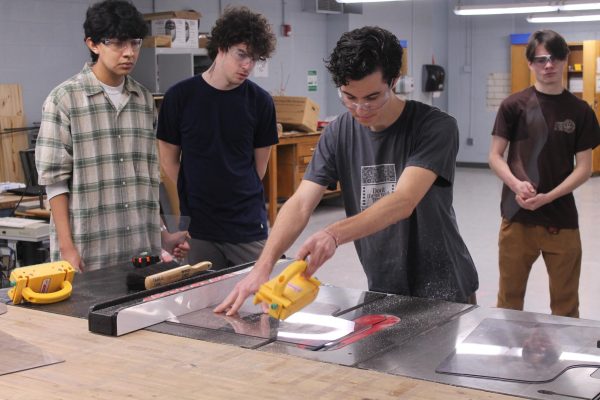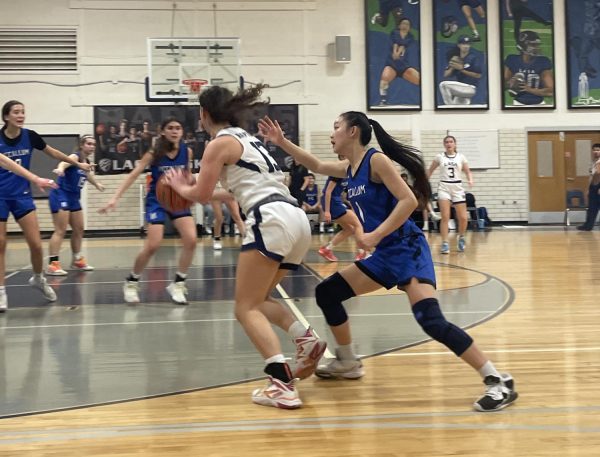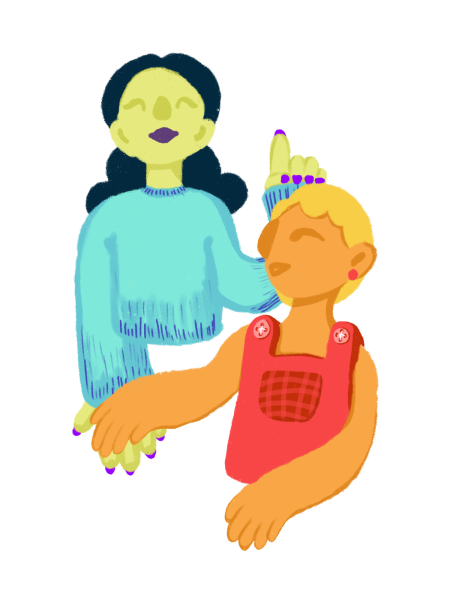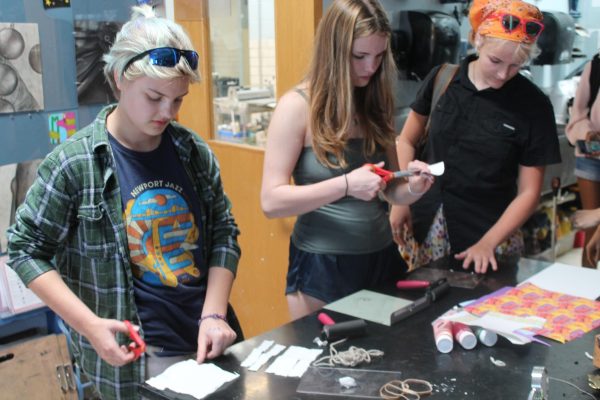Austin’s Alluring Area
January 5, 2022
In the past decade, Austin’s population has increased by 34%, according to the Austin Business Journal. This makes Austin one of the fastest growing major metropolitan areas in the U.S., with people flooding in from all over in search of work, education, and opportunities.
Paul Reddam is a realtor for the Homesville Realty Group in Austin, who says that in addition to the pull of jobs and opportunities in Austin, politics in the city are also an appealing factor. Austin, which was ranked the 14th most liberal city in the U.S., is also the city that boasts of some of the longest-serving Texan Democratic legislators.
“If you’re coming to Texas, and you’re from California, a native progressive location, Austin’s the obvious choice,” Reddam said. “Dallas, San Antonio, Houston are just not as progressive as we are.”
Austin is one of the most Democratic regions in Texas, according to the Texas Tribune. Sophomore Erika Torii-Karch moved to Austin from Seattle in March 2021. She said Austin was known as the one democratic part of Texas.
“Yeah, I always knew that it was just that one blue dot in Texas,” Torii-Karch said. “That’s kind of just what everyone in Seattle kept [saying] about it.”
More people are buying property within the region, and the amount of buyers is much larger than in previous years. According to the Austin Board of Realtors, in June 2011 there were 2,356 home sales compared to the much higher numbers of June 2021, which showed 4,655 home sales.
“It’s changed pretty dramatically over the last decade really since we came out of the Great Recession in 2013,” Reddam said. “We really blasted off at that point all the way to just more migration, mostly from California and other locations as well.”
According to real estate agent Carole Edwards, competition for real estate property in Austin has become extreme. She says that her work has been much more intense because of it.
“Our inventory is low and we have so many buyers,” Edwards said. “We have been seeing multiple offers for many of the homes, and some are selling for more than $100,000 over the list price. We are also seeing something new: buyers are offering to pay for some closing costs that sellers typically pay for, like title policies and home warranties.”
Edwards says she has also witnessed buying tactics that she’s never seen before. Buyers have offered unusual things to sellers in order to persuade them to sell the house to that particular buyer.
“I have also seen buyers offer the seller tickets to Austin City Limits, a landscaping package, and other creative things just to get the seller to agree to their offer after offering more than $100,000 over the list price,” Edwards said. “When I represent the seller, I am often having to prepare a spreadsheet to be able to present over 10 offers for one property in an orderly fashion to the seller.”
According to Edwards, changes will need to be made in order to accommodate a growing Austin. She says that from traffic congestion to the amount of students enrolled in school throughout Austin, the city will have lots more to deal with when it comes to population increase.
“The increase is causing several issues: affordability issues with homes, infrastructure issues, traffic issues,” Edwards said. “We are seeing an increase in revenue to the City and County government due to higher tax valuations and more people paying taxes. Real estate values continue to increase. School districts are having to handle an increase in the number of students.”
Another issue with more people moving to Austin is the real estate prices, according to Reddam. With more people moving to the city, it has been harder to find reasonable prices within Austin.
“Affordability has been an issue for a long time. It’s just exasperated,” Reddam said. “If you want something affordable, you have to drive out to Lampasas, or Georgetown, or Kyle to the south. Drive ‘till you can buy.”
With new companies like Tesla moving into the Austin area, more residents are expected to come into the area. According to Reddam, new opportunities in the city will bring in more residents looking for these types of jobs.
“Austin has doubled every 20 years since its inception,” Reddam said. “I don’t see that trend changing. If anything, I see it accelerating. It feels like most of the Bay Area. Most of the high tech California stuff is coming here.”
Apple, Google, Facebook, Tesla, and Oracle are just some of the companies that have established large work forces in Austin. Between August of 2019 and July of 2020, 68,323 new IT jobs were posted in Austin, which was 19,000 more than the previous year.
“With companies like Tesla moving to the Austin area, other companies are following suit,” Edwards said. “Those employees are already beginning to look for a place to live.”
Though Austin will continue to grow and take in more people from all over, the culture of Austin will stay the same, according to Reddam. For example, local restaurants, festivals, and Austin’s horrible rush hour traffic have all stayed somewhat constant.
“You know, Austin really maintained its culture over all these years. I’m hopeful that that’ll continue,” Reddam said. “There have been a few periods in time where we had mean people come into town, flashing lights at you on Mopac and all that kind of stuff. All that seems to dissipate as people come in and stay, or maybe they come in and decide Austin’s not it for them.”
Torii-Karch says that Austin is known for its kind and welcoming culture. According to HGTV’s ‘Top 10 Friendliest Cities in the U.S.’, many others agree as well. Austin was able to secure spot number seven on the list, being noticed particularly for Southern hospitality.
“That’s kind of another thing people said about it, that Texans are just nice,” Torii-Karch said. “Or Austin people are just nice. I like it here. I like the people. I can tell that they’re nice.”
People see Austin as a great new opportunity, and the population is not expected to stop growing, according to both Reddam and Edwards. According to Reddam, though new growth can cause issues, it can also welcome people who bring a new part to Austin and enrich the culture.






